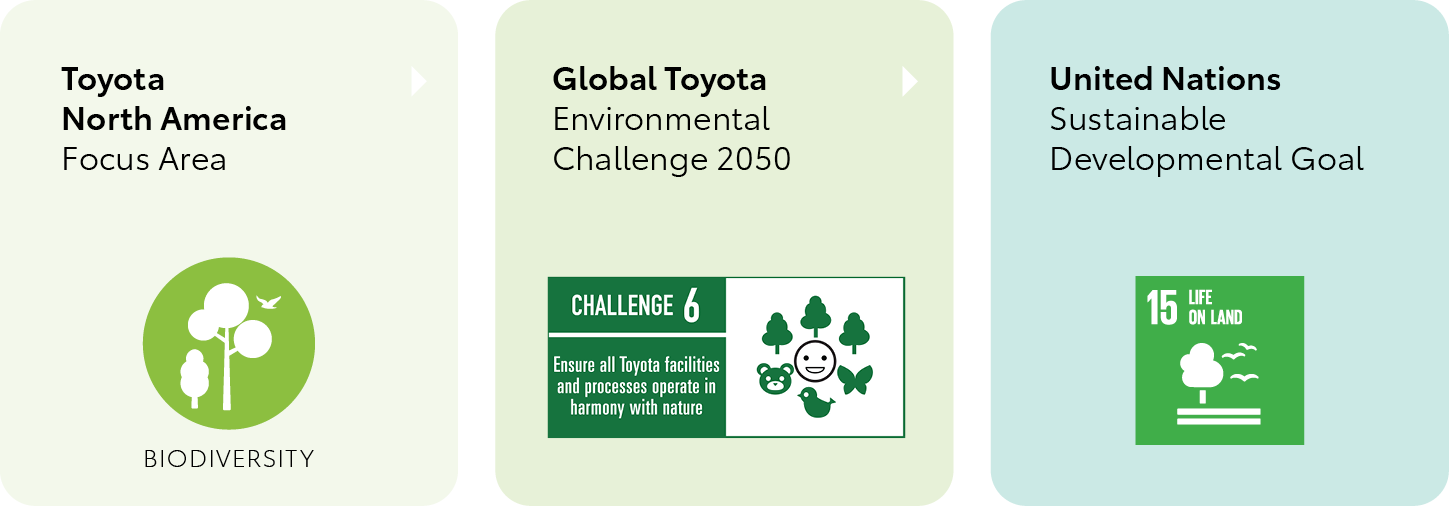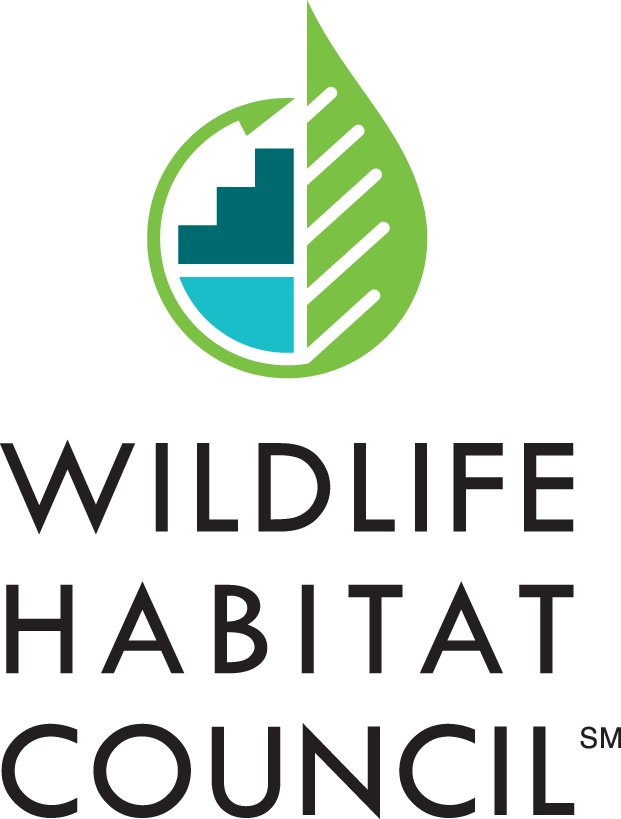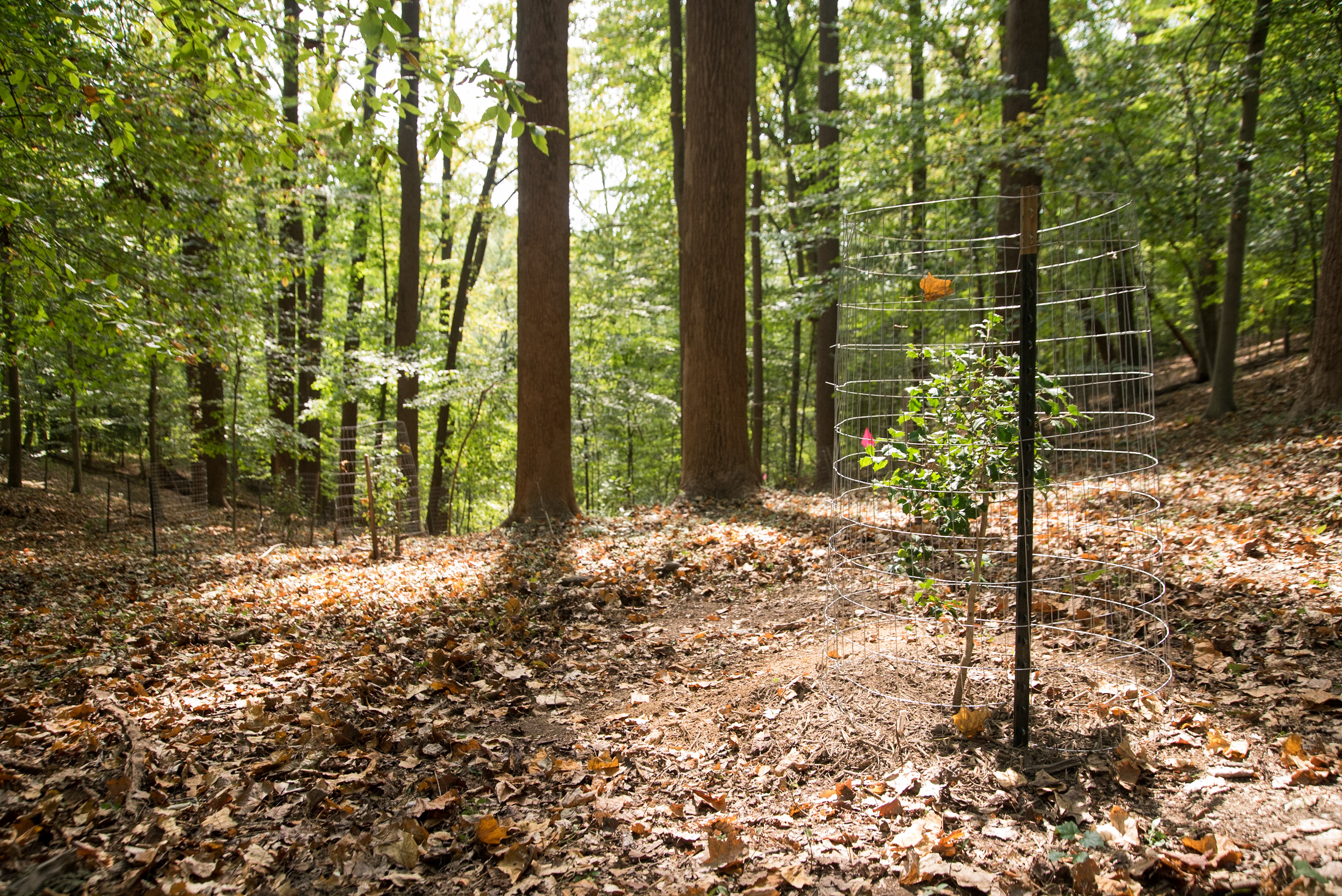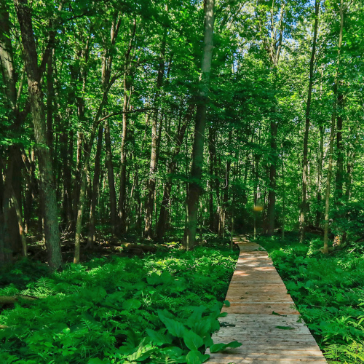Why is BIODIVERSITY an important issue?
Biological diversity – or BIODIVERSITY – refers to the wide variety of plants, animals and microorganisms that inhabit the planet. It also refers to the interdependence of species – species work together in an ecosystem to maintain balance and support life.
But human activity is putting pressure on biodiversity. Increasing population levels and rising consumption of resources risk upsetting the balance of ecosystems and accelerating biodiversity loss.
A report issued by the United Nations (UN) in 2019 estimates that up to one million plant and animal species – out of a known 8 million – are threatened with extinction. The current rate of habitat and species decline is unprecedented and threatens the foundations of economies, food security, health and livelihoods.
Addressing biodiversity challenges is critical to the UN 2030 Agenda for Sustainable Development, a plan of action for people, planet and prosperity that establishes 17 Sustainable Development Goals (SDGs). SDG #15: Life on Land aims to protect, restore and promote sustainable use of terrestrial ecosystems and sustainable management of forests, combat desertification, halt and reverse land degradation, and halt biodiversity loss.
Businesses are expected to play a significant role in achieving the bold and transformative steps urgently needed to shift the world onto a sustainable and resilient path and achieve the SDGs. Toyota is committed to doing our part to operate and live in harmony with nature. That’s why Toyota named “Biodiversity” as one of our four focus areas in North America and why, globally, it is the focus of Challenge 6 of the Toyota Environmental Challenge 2050.

What are we doing to protect BIODIVERSITY?
In North America, Toyota’s biodiversity strategy includes working with nonprofit organizations and local communities to make a difference on our sites as well as beyond our properties to achieve broader positive conservation results. Our projects focus on protecting species and conserving habitat.
For detailed performance data on key metrics, visit "Biodiversity" in the Performance chapter of Toyota’s North American Environmental Report.
Protecting Species
At sites across North America, Toyota’s team members are protecting species by:
Supporting native species such as pollinators. Pollinator species – including butterflies, birds, bees and bats – move pollen from the male to the female part of a flower to fertilize the plant. Pollinators provide pollination services to over 180,000 different plant species and more than 1,200 agricultural crops. Pollinators also support healthy ecosystems that clean the air, stabilize soils, protect from severe weather, and support other wildlife.
Toyota is helping monarch butterflies by offering these colorful commuters several pollinator "pit stops" on their trip south in the Fall and north in the Spring. Toyota has 17 sites across North America with pollinator gardens, all located along the monarch’s migration path.
Removing invasive species. Invasive species are non-native and can spread from the point of introduction, become abundant and cause harm by competing with native species for resources. That’s why removing invasive species is an important element of habitat management at all our sites. It's also why we support invasive species removal on public lands. With funding from Toyota Motor North America, the National Environmental Education Foundation (NEEF) launched the Biodiversity Conversation Grant program, which focuses on large-scale eradication of invasive species on public lands.
In 2019, NEEF and Toyota selected the National Capital Partnership for Regional Invasive Species Management (NCR-PRISM) as the recipient of the first Biodiversity Conservation Grant of $200,000. PRISM will restore native biodiversity and protect critical habitats by managing invasive species across 1,500 square miles of forested lands in Washington, D.C., Maryland and Virginia.

CONSERVING HABITATS
Since 1999, Toyota has been partnering with Wildlife Habitat Council® (WHC) to conserve habitats on our properties. WHC is a nonprofit organization whose services and initiatives empower companies to advance biodiversity and employee engagement. WHC’s voluntary standard, Conservation Certification, recognizes meaningful wildlife conservation and education programs on corporate lands. Toyota has programs at 13 sites with Conservation Certification. Several of these sites have set aside acreage and have installed walking trails to allow team members and the public to enjoy these protected areas. Other certification activities include planting pollinator gardens, installing and monitoring bird nesting boxes, and working with local schools to teach students about the importance of biodiversity.


EXPANDING OUR REACH
For more than 25 years, Toyota has been partnering with the National Environmental Education Foundation (NEEF) to protect and restore habitats across North America. NEEF is a nonprofit organization whose mission is to make the environment more accessible, relatable, relevant and connected to the daily lives of all Americans. We recently expanded our partnership with NEEF to support recovery efforts on public lands following an extreme weather event. NEEF, with sole funding support from Toyota Motor North America, awarded $275,000 in grants to organizations in the U.S. and Puerto Rico to work on projects designed to help restore public lands and/or implement new ways to make those lands more resilient to future disasters.


For more than 20 years, Toyota has been the national corporate sponsor of National Public Lands Day (NPLD), hosted by NEEF. Held every September, NPLD is the largest single-day volunteer effort for public lands in the U.S. Volunteers remove invasive species, plant native trees and shrubs, and conduct trail maintenance and general cleanup. Over the years, more than 50,000 Toyota team members have contributed more than 193,000 volunteer hours restoring and conserving habitat at more than 600 NPLD sites.
What do we plan to do next?
Toyota has been developing five-year environmental action plans for 30 years. These plans help us manage our impacts and hold us accountable for our performance.
Here in North America, we recently announced our new five-year environmental action plan for fiscal years 2022 to 2026. This plan is our seventh and runs from April 1, 2021 to March 31, 2026. Our first report on progress against these targets will be published in 2022.
Our biodiversity targets are to:

Each five-year action plan puts us further along the path to achieving the Toyota Environmental Challenge 2050 (Challenge 2050). Challenge 2050 is a set of six challenges that seek to go beyond eliminating environmental impacts to creating net positive value for the planet and society. The six challenges are the most demanding and most inspiring environmental commitments Toyota has ever made.
Goal #6 on BIODIVERSITY calls on Toyota affiliates around the world to do our part to protect species, habitats and ecosystems. For more information about our 2050 biodiversity strategy for North America, see "Biodiversity: Toyota Motor North America Position Statement."
Find out more by visiting IDEAS & ACTIONS and the North American Environmental Report



